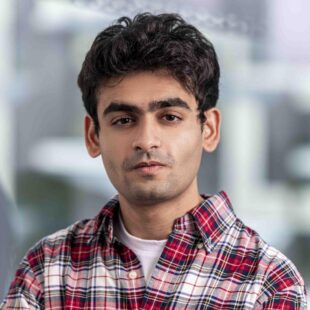Fenil Doshi
Kempner Graduate Fellow
PhD Student in Psychology

About
Fenil Doshi is a PhD student in the Department of Psychology (Cognition, Brain, and Behavior) at Harvard University, advised by Professor George Alvarez and Professor Talia Konkle in the Vision Sciences Lab and Cognitive and Neural Organization Lab. During a gap year prior to college, Doshi began building games, leading him to pursue computer science and start a student-led lab while securing funding to build local compute clusters. During his third year of undergrad, as a UW-Madison visiting student, his focus shifted from games to building predictive models that could assess how steel in pressure vessels change due to alloy configurations, igniting an interest in machine learning and pattern recognition. He landed an internship at Brigham and Women’s Hospital at Harvard Medical School, where he started working on building vision models for medical diagnosis, primarily to assess the morphology of cells. A talk by Jim DiCarlo, Josh Tenenbaum, and David Heeger at NYU on how artificial vision models can help us understand biological systems better sparked an interest in human vision, and Doshi joined the Vision Science Lab. He initially started by working on intuitive physics and visual working memory but became super interested in mid-level vision, which ultimately became the research program he is currently building/exploring.
Research Focus
Doshi’s current research focuses on human and machine vision, mid-level vision, and shape perception. He is broadly interested in how the human mind transforms visual sensory information into meaningful precepts of our world. His research program focuses on understanding the nature of visual representations underlying mid-level vision. To this end, he uses a multidisciplinary approach that combines computational models of vision, primarily deep neural networks, behavioral psychophysics, and neuroimaging data to characterize the tuning and topography of proto-object representations and get deeper insights into the underlying mid-level computational mechanisms that allow our visual system to define, segment, and recognize objects. More information about Doshi’s ongoing work can be found here.



